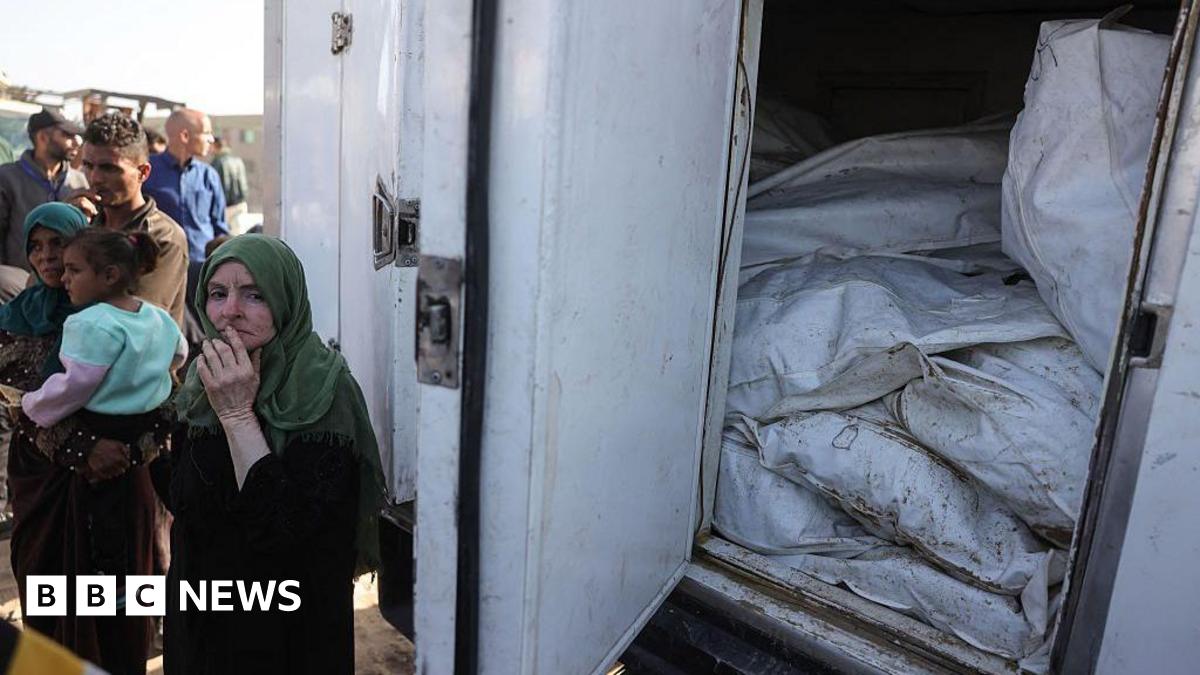Sameh Yassin Hamad, a member of the Hamas-run government committee responsible for receiving the bodies, said there were signs of bruising and blood infiltration indicating that the bodies had been severely beaten before death. He also said there were stab wounds on the chest of face of some of them.
Some of the images we saw from the unit clearly show deep indentations or tightly-fastened cable-ties on the wrists and arms and ankles. One photograph appears to show the bruising and abrasion that would confirm that ties had been used while the person was still alive.
Other bodies showed only deep indentation marks, meaning a post-mortem would be needed to determine whether the ties had been used before or after death. Cable-ties are sometimes used when transporting bodies in Israel.
When we asked Israel’s military about the evidence we gathered, it said it operates strictly in accordance with international law.
We showed the photographs we were given to the outside forensic experts. The images represent a fraction of the bodies transferred to Gaza by the Red Cross.
All three experts said that some of the markings raised questions about what had happened, but that it was difficult to reach concrete conclusions about abuse or torture without post-mortems.
“What is happening in Gaza is an international forensic emergency,” said Michael Pollanen, a forensic pathologist and professor at the University of Toronto. “Based upon images like this, there is an imperative for complete medical autopsies. We need to know the truth behind how deaths occurred, and the only way to know the truth is to do autopsies.”
But even with limited forensic data, doctors at Nasser hospital say the routine cuffing of wrists behind the body rather than in front, along with the marks observed on the limbs, points to torture.
“When a person is naked, with their hands tied behind their back, and visible restraint marks on their wrists and ankles, it indicates that they died in that position,” Dr Dheir told us. “This is a violation of international law.”
And there is strong evidence to suggest widespread abuse of detainees – including civilians – in Israeli custody in the months after the war began in October 2023, particularly in the military facility of Sde Teiman.

